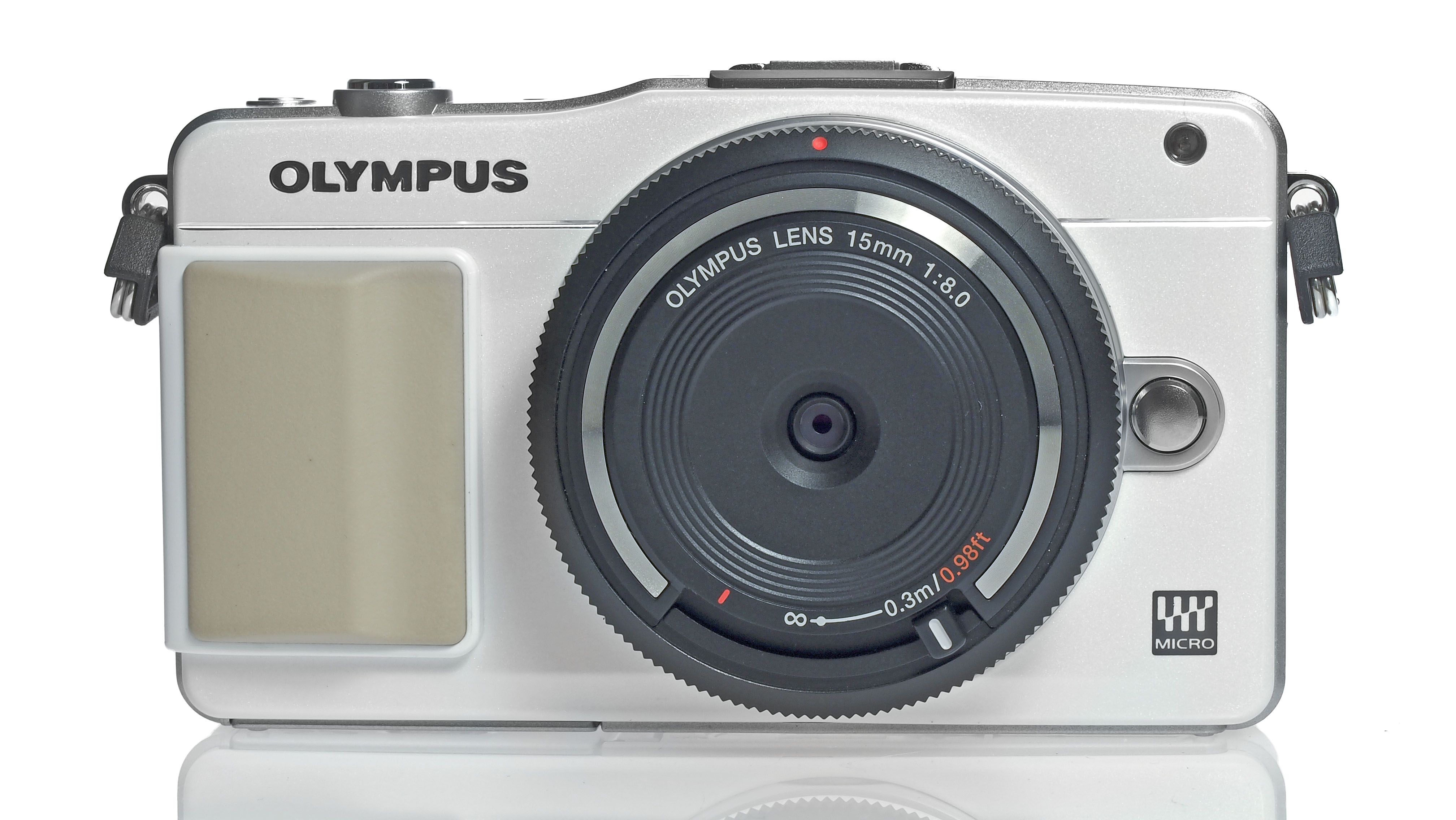Why you can trust TechRadar
Because the Olympus PEN Mini E-PM2 has the same sensor and processor as the fantastic Olympus OM-D, we had pretty high hopes for it, and happily we weren't disappointed.
Images straight from the camera are great, with lots of detail, vibrant, punchy colours and low image noise.
There's a good range of shooting modes to help you get the most from that excellent sensor. For instance, you could choose to shoot in Vibrant mode if you want to emphasise colours and contrast, or in Neutral for when you want more accurate colours - such as when shooting portraits for instance.
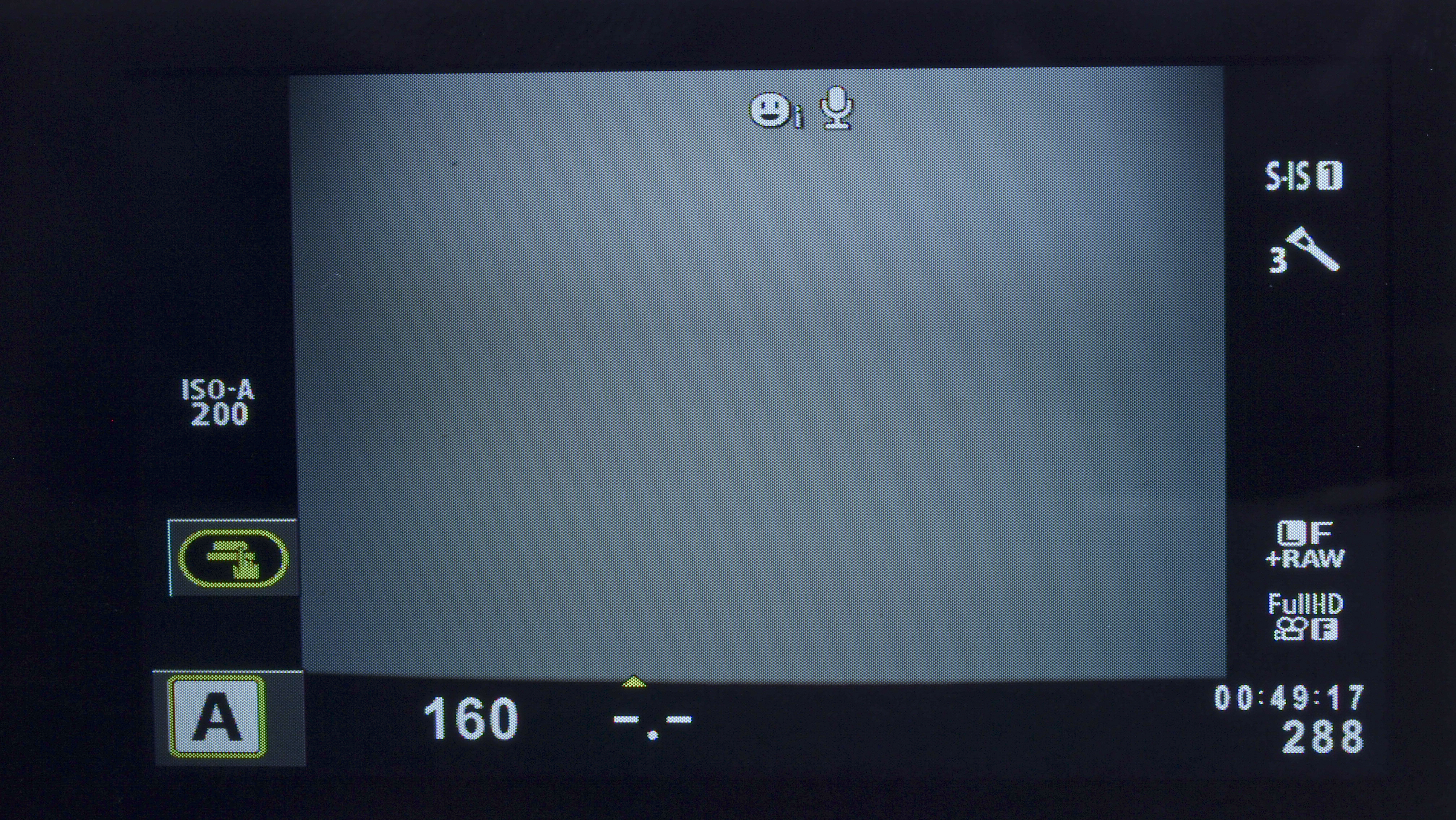
Autofocusing speeds are one of the key selling points of cameras such as this, and as already mentioned, Olympus and Panasonic have ongoing debates about who has the fastest.
The difference is probably microseconds, and needless to say the Olympus PEN E-PM2 does indeed deliver extremely quick speeds, especially in good light.
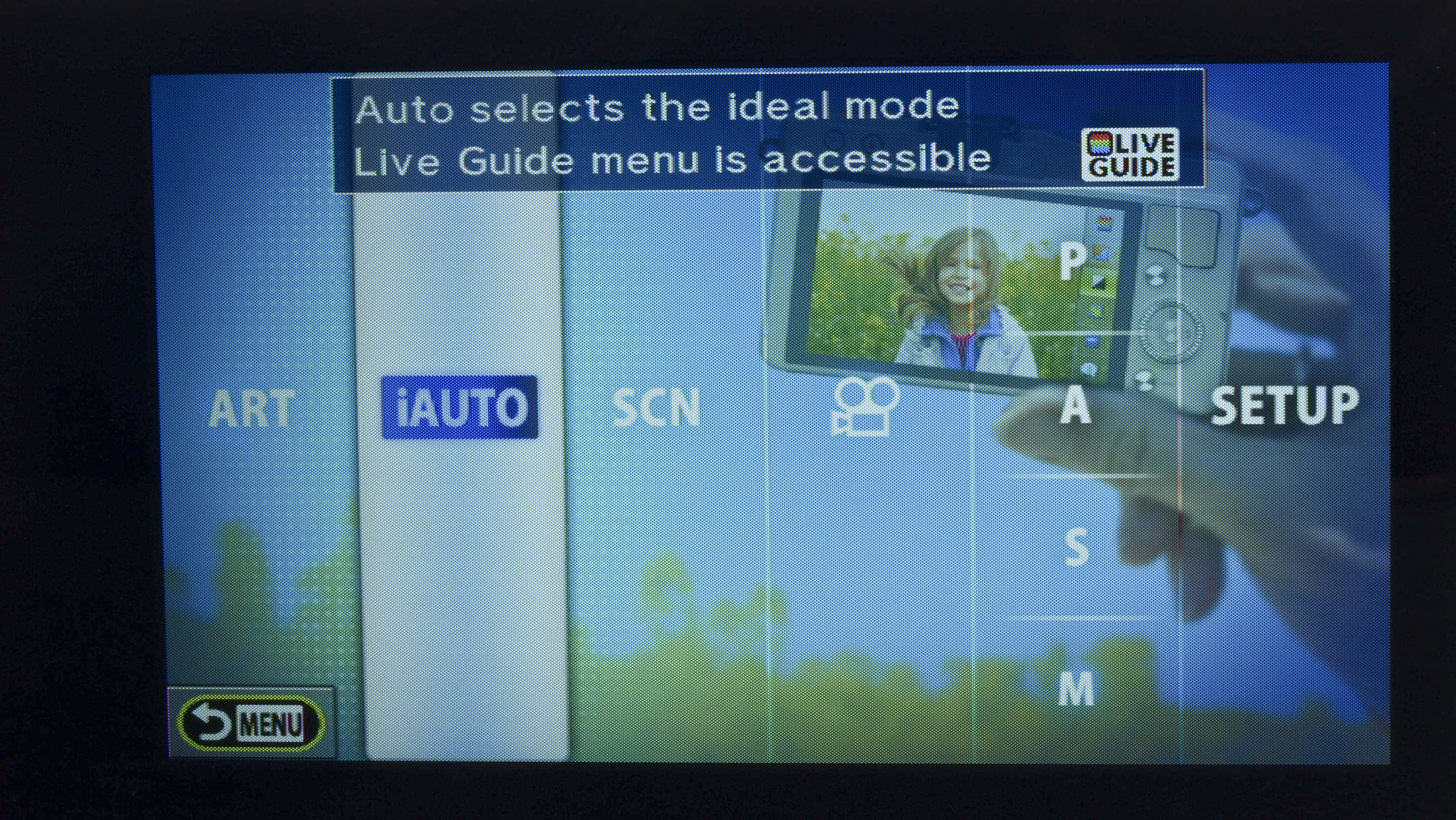
We've found in previous cameras that the sensor inside the Olympus PEN Mini E-PM2 is capable of delivering some incredibly detailed shots, and so the same is true here.
JPEGs straight from the camera are very sharp, and you can apply your own sharpening to raw format files if you choose to capture them.
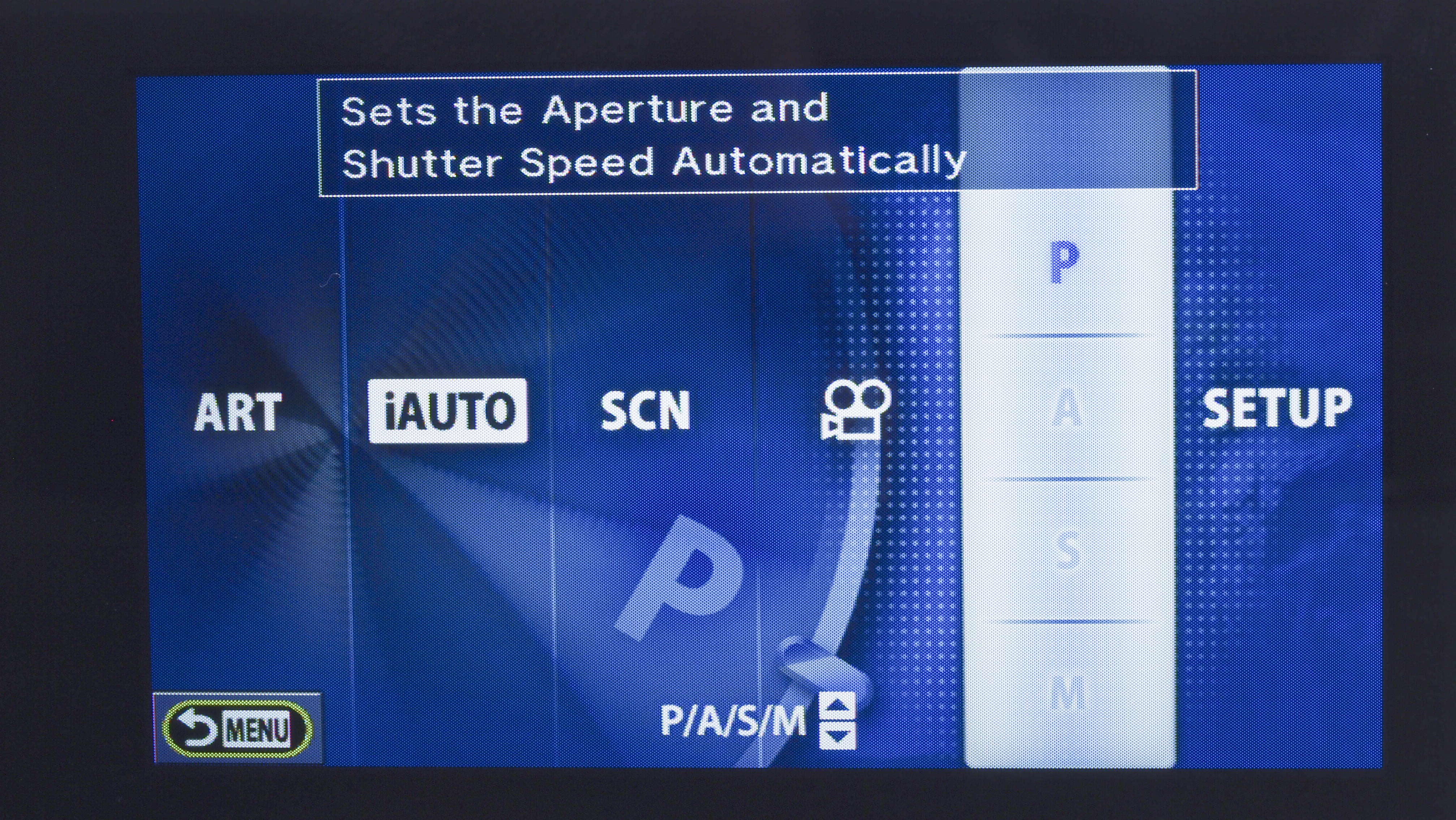
In the majority of instances, the automatic white balance does a good job of accurately reproducing colours. It struggles ever so slightly when indoors, under artificial lights, but changing the white balance setting is relatively quick to do via the quick menu.
Olympus pointed out the improvements it had made to sensor technology when the Olympus OM-D was first launched, which it claimed boosted the low light performance of the camera. Since this is the same sensor, we can report very similar low light capabilities.
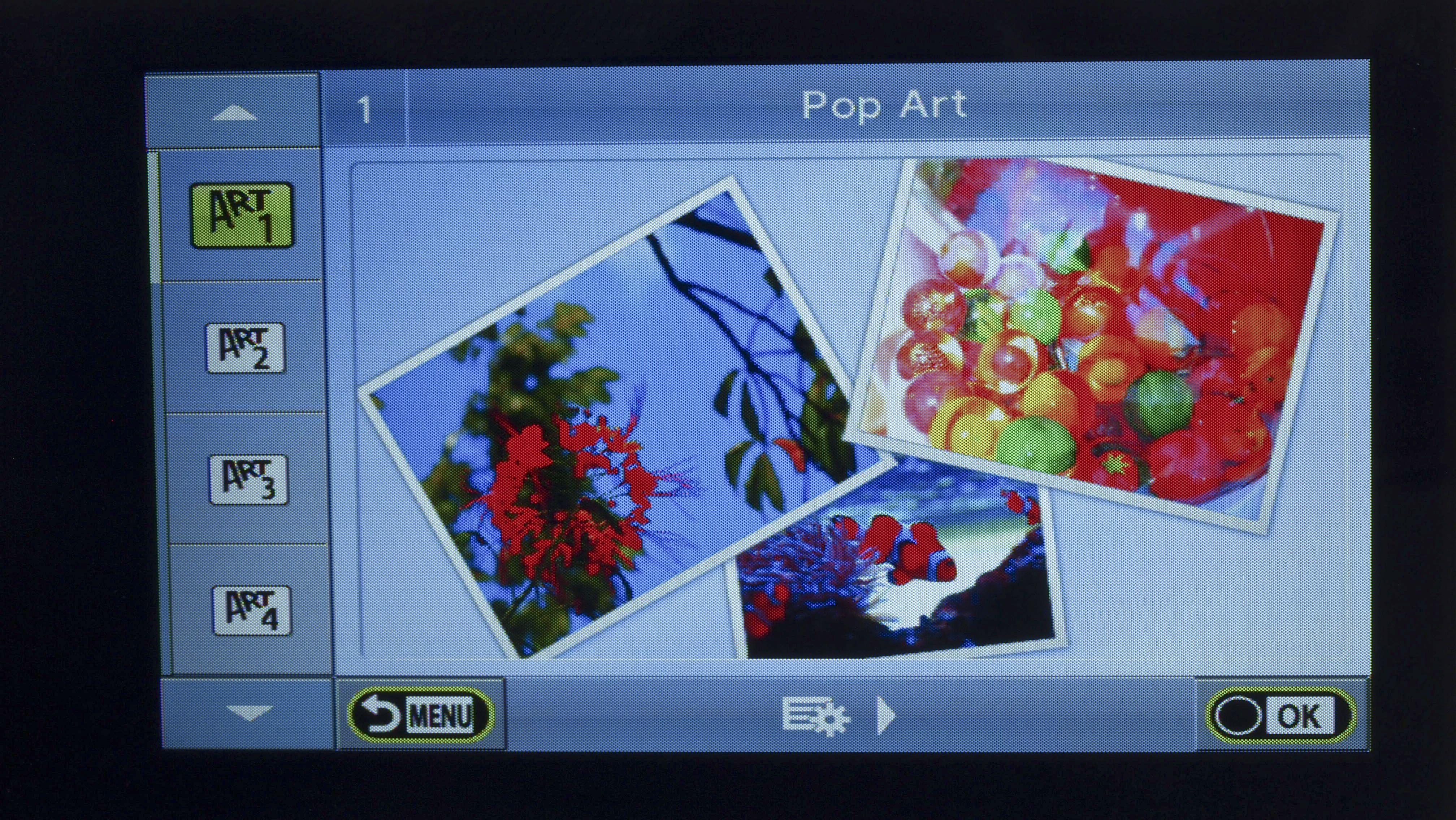
Image quality does start to drop off from about ISO 1600, but some images shot all the way up to ISO 10,000 and beyond are certainly good enough to be used online or when printing small sizes.
Noise control at ISO 1600 - the probable top end of the most commonly used range - is more than acceptable.

Fans of digital art filters will find plenty to like on this camera. When Olympus launched the original PEN Mini E-PM1, it was light on some of the filters found on other cameras in the range.
Now, however, the Olympus PEN Mini E-PM2 has all of those on the OM-D, with the addition of a new Watercolour filter. This brings the total up to 12, with many of them being customisable or having different options to expand that number further.
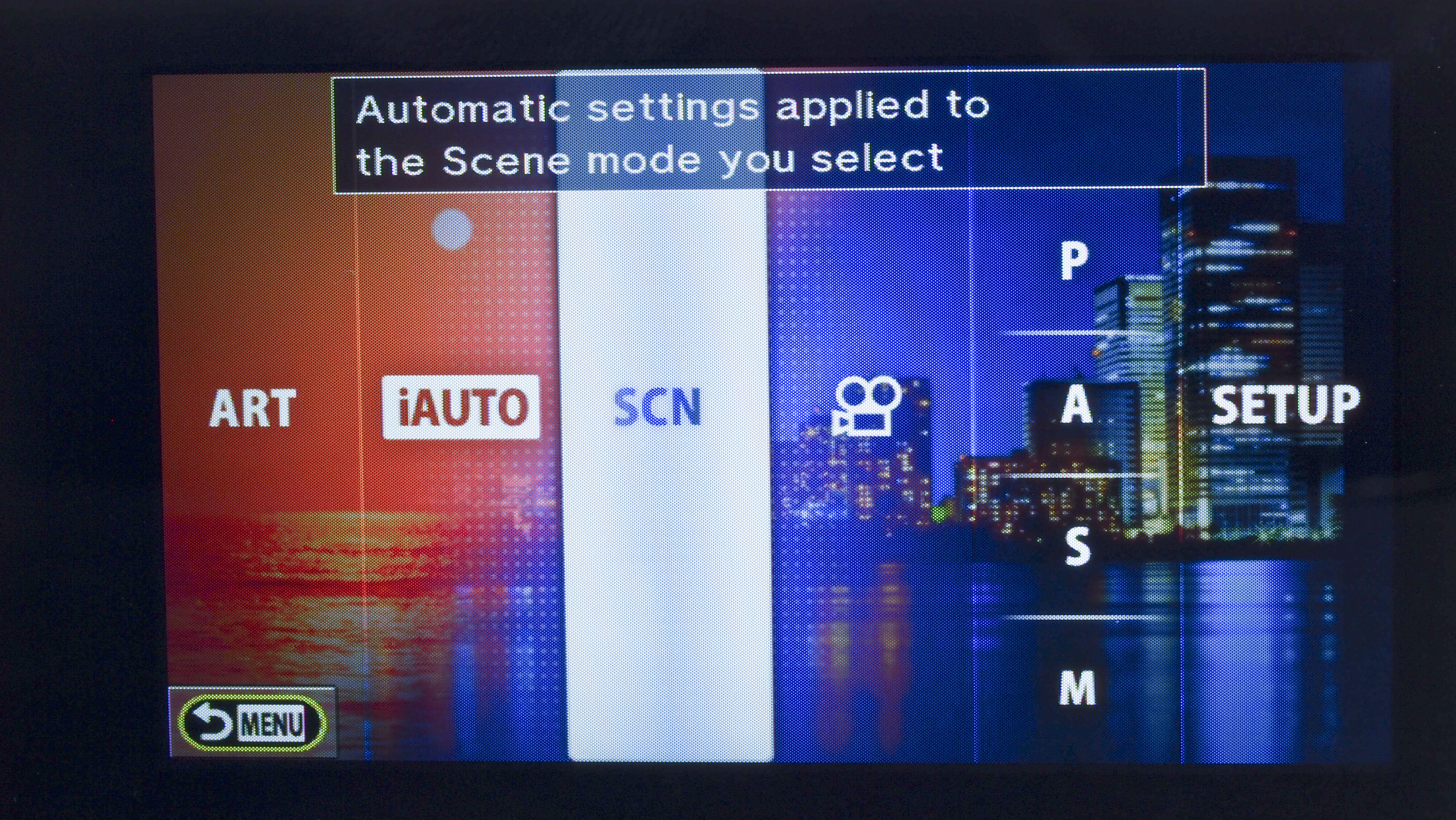
Of course, digital filters are usually a matter of taste, but there are some here that are particularly good, such as Cross Process, Pinhole and Dramatic Tone. The new black and white version of Dramatic Tone is our favourite.
One of the best features about the PEN and OM-D series is that these digital filters can be deployed when shooting in raw format, meaning you retain a "clean" version of the image should you change your mind later down the line.

It's also great that you can still retain full manual/semi-automatic control when using art filters, something that isn't true of Panasonic cameras.
The new touchscreen is a good performer in all but the brightest of sunlight, avoiding glare and reflections, making the need for a separate electronic viewfinder fairly minimal.
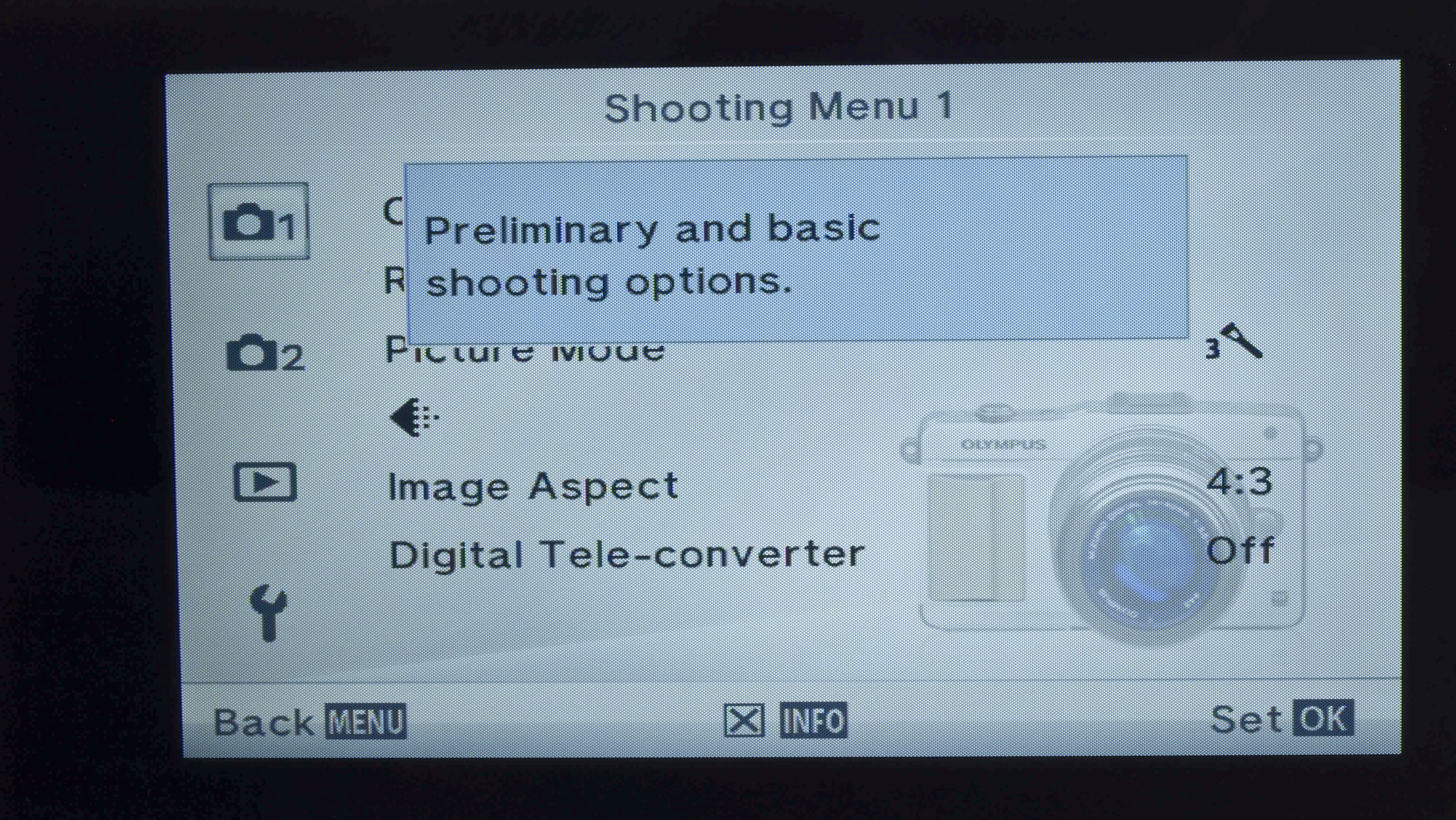
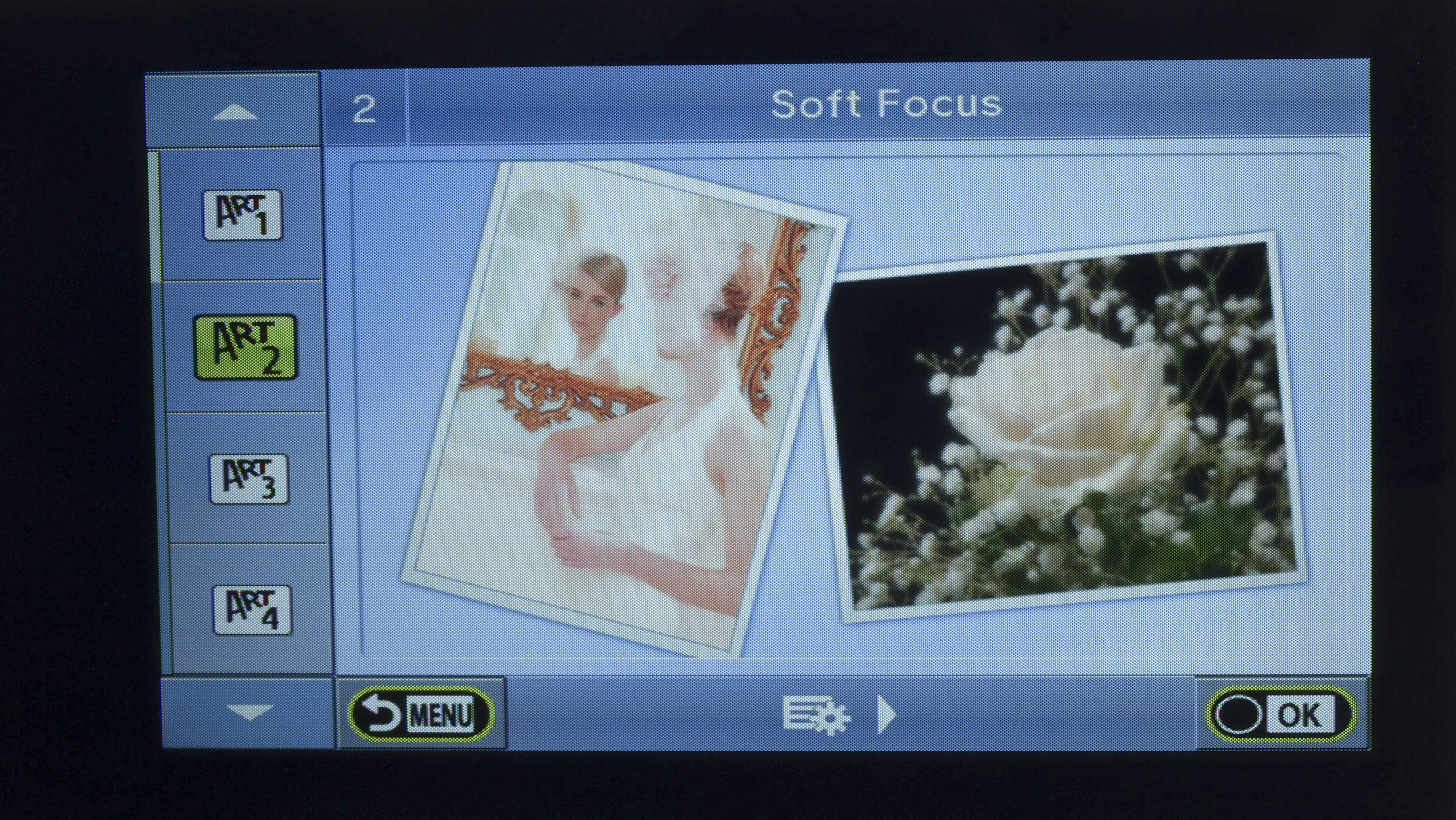
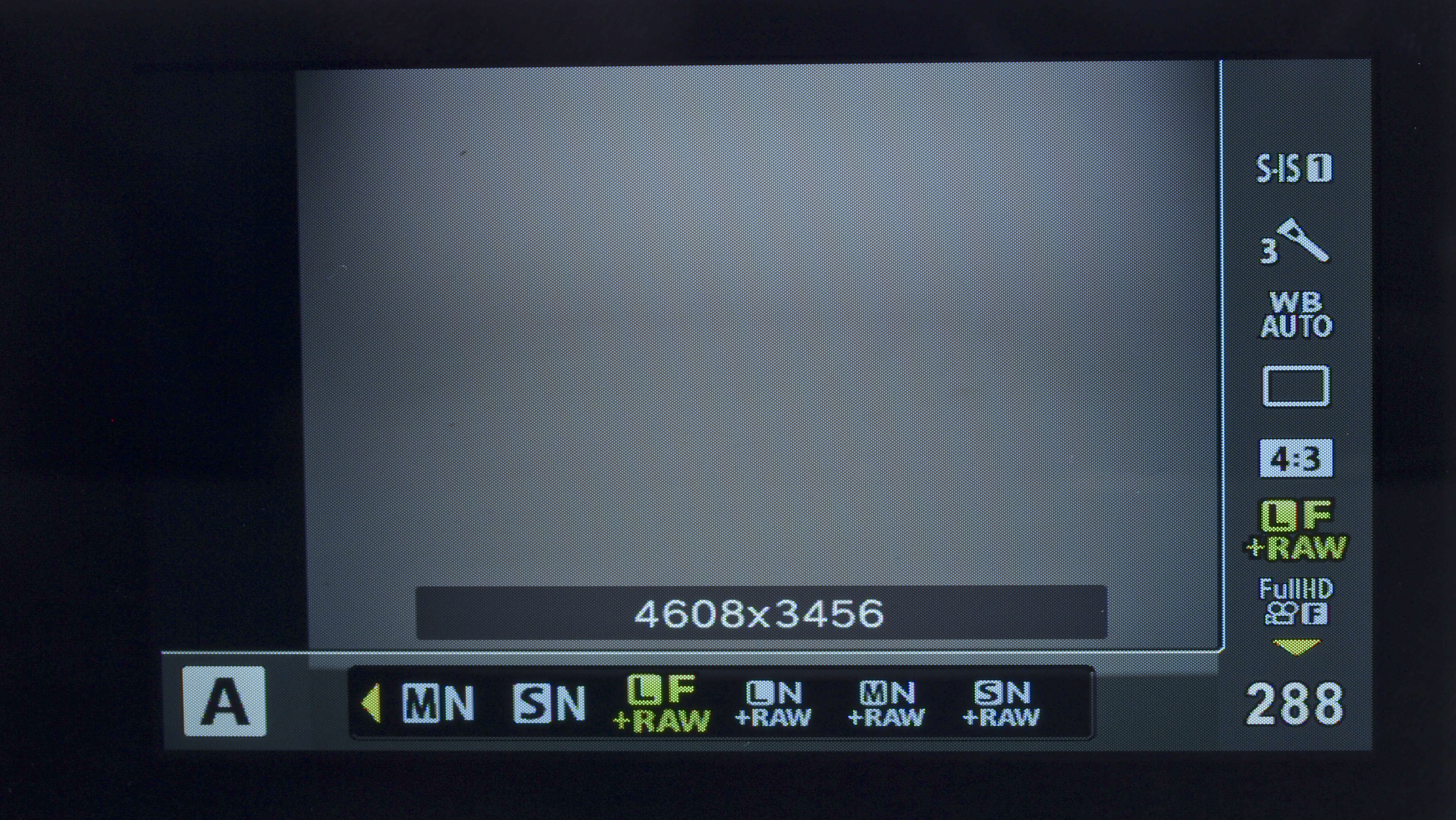
Current page: Performance
Prev Page Build quality and handling Next Page Image quality and resolutionAmy has been writing about cameras, photography and associated tech since 2009. Amy was once part of the photography testing team for Future Publishing working across TechRadar, Digital Camera, PhotoPlus, N Photo and Photography Week. For her photography, she has won awards and has been exhibited. She often partakes in unusual projects - including one intense year where she used a different camera every single day. Amy is currently the Features Editor at Amateur Photographer magazine, and in her increasingly little spare time works across a number of high-profile publications including Wired, Stuff, Digital Camera World, Expert Reviews, and just a little off-tangent, PetsRadar.
